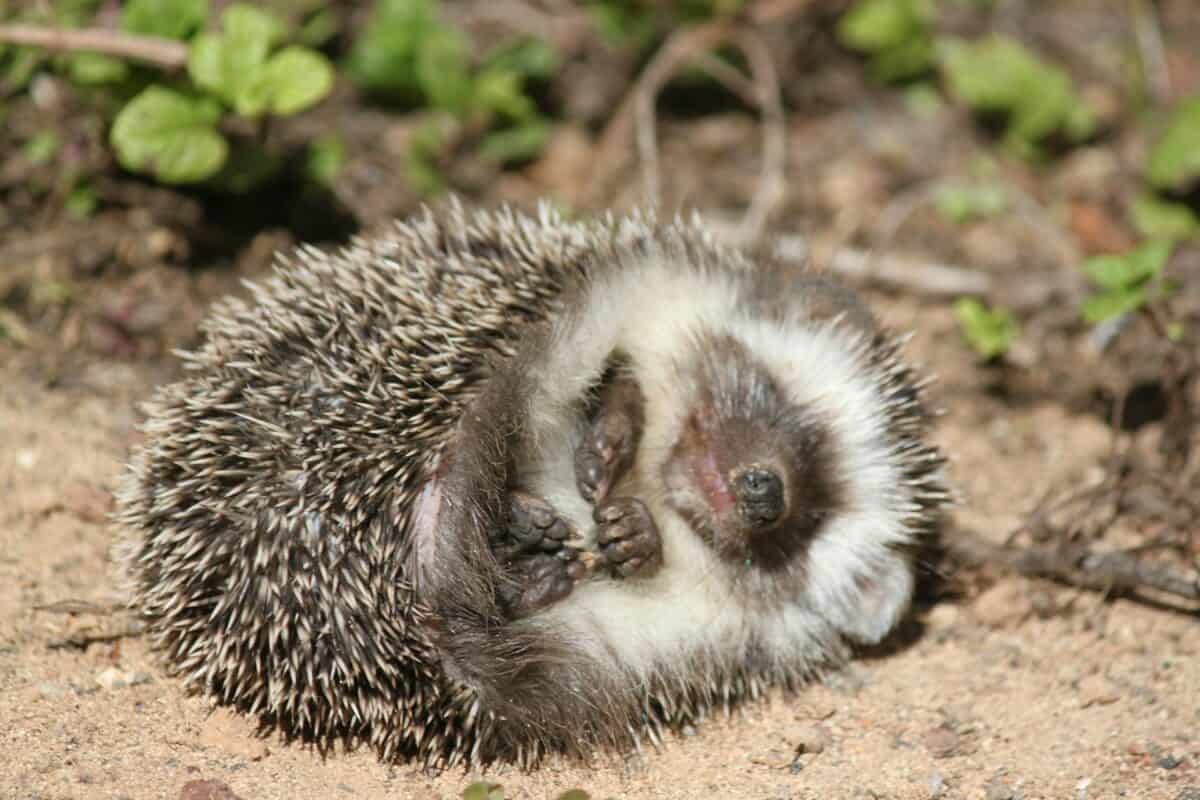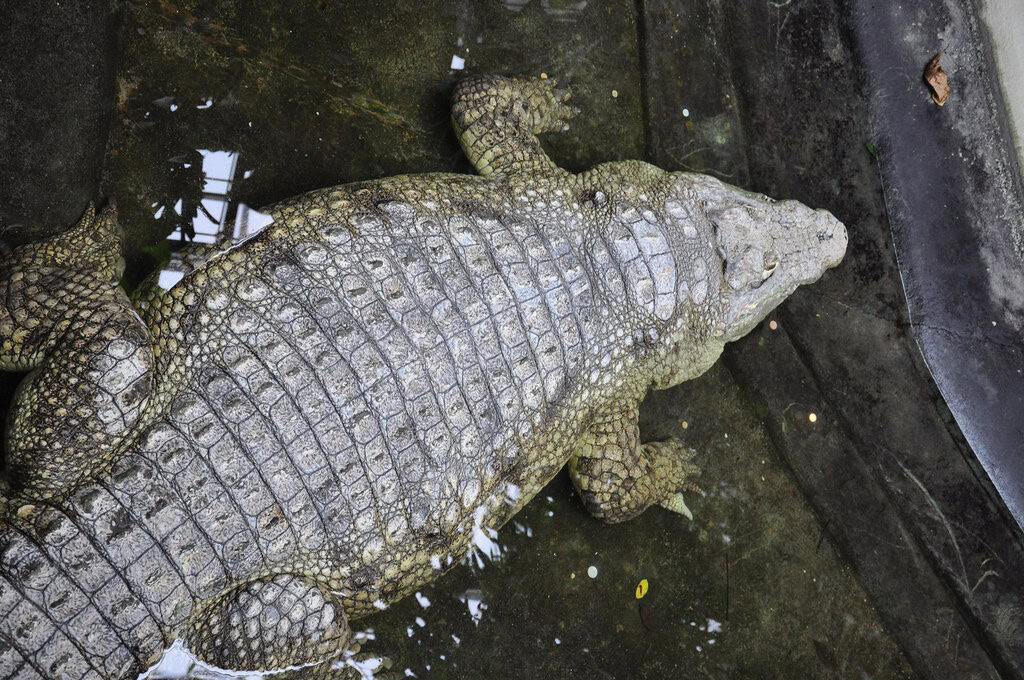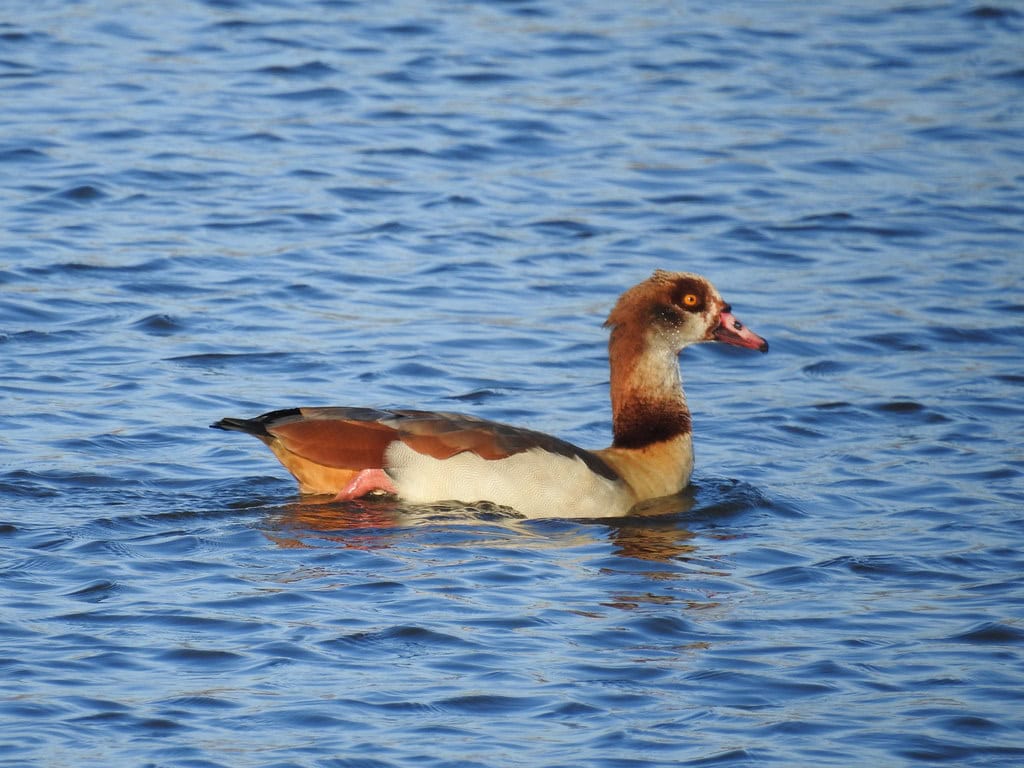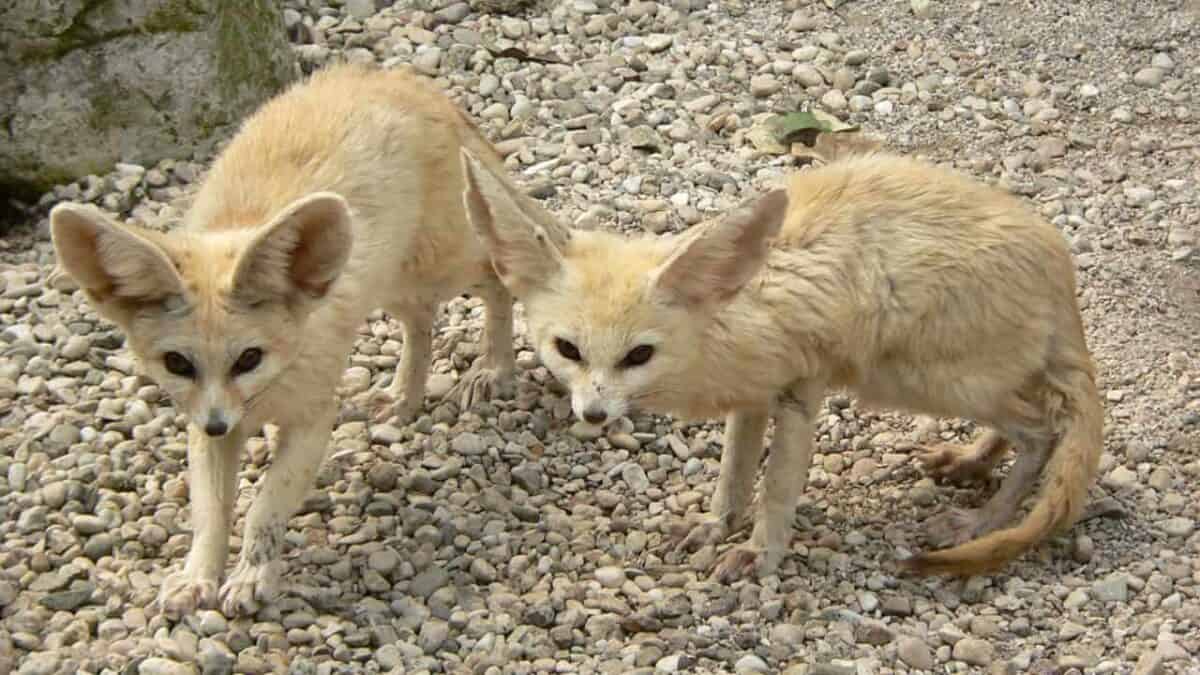When most people think of Egypt, they picture ancient pyramids and golden sand dunes stretching endlessly across the desert. But beneath the scorching sun and alongside those iconic monuments lives a fascinating world of creatures that have adapted to one of Earth’s most challenging environments. From the mighty Nile River to the vast expanses of the Sahara Desert, Egypt hosts an incredible array of wildlife that will leave any animal lover absolutely mesmerized. These remarkable species have evolved unique survival strategies that seem almost magical, turning this ancient land into a living museum of evolutionary wonders. Whether you’re planning a wildlife adventure or simply curious about nature’s most resilient survivors, Egypt’s animal kingdom offers surprises that will completely change how you see this historic country.
10. Egyptian Cobra

The Egyptian cobra commands respect as one of Africa’s most feared and revered serpents, reaching lengths of up to 8 feet and sporting a distinctive hood that flares dramatically when threatened. This magnificent predator has been immortalized in ancient Egyptian art and mythology, often depicted as the protective uraeus on pharaohs’ crowns. Found throughout Egypt’s diverse habitats from desert oases to agricultural areas, these cobras are surprisingly adaptable hunters that feed on rodents, birds, and even other snakes. Their venom is potent enough to take down prey much larger than themselves, making encounters with humans potentially dangerous but thankfully rare. What’s truly fascinating is how these snakes can go months without food during harsh desert conditions, essentially shutting down their metabolism like living time capsules.
9. Nile Monitor Lizard

Imagine a lizard that can grow as long as a grown person and swim like a crocodile – that’s the incredible Nile monitor for you. These prehistoric-looking reptiles can reach up to 6 feet in length and are perfectly at home both in water and on land, making them one of Egypt’s most versatile predators. They’re incredibly intelligent creatures, known to use tools and work together to raid crocodile nests for eggs, showing problem-solving skills that rival some mammals. Their powerful tails serve as both swimming propellers and defensive weapons, while their sharp claws make them excellent climbers despite their hefty size. You’ll often spot these magnificent lizards basking on riverbanks or patrolling the edges of the Nile, always alert and ready to dive into the water at the first sign of danger.
8. Desert Hedgehog

The desert hedgehog might just be the cutest survivor in Egypt’s harsh landscape, resembling a living pincushion that’s mastered the art of desert living. These adorable creatures are much smaller than their European cousins, typically weighing less than a pound, but they pack serious survival skills into their compact bodies. Their light-colored spines help reflect the desert heat, while their ability to curl into a perfect spiky ball provides protection from predators like foxes and owls. What makes them truly special is their capacity to enter a state called estivation during the hottest months, essentially hibernating through summer heat when food becomes scarce. These nocturnal wanderers emerge at night to hunt insects, small reptiles, and even bird eggs, using their excellent hearing and smell to navigate the darkness.
7. Sacred Ibis

The sacred ibis holds a place of honor in Egyptian culture that few animals can match, having been worshipped as the earthly form of Thoth, the god of wisdom and writing. These elegant wading birds stand about 30 inches tall with striking black and white plumage and distinctive curved beaks perfectly designed for probing mud and shallow water for food. While they were once so common along the Nile that ancient Egyptians mummified millions of them, wild populations disappeared from Egypt for over a century before recent conservation efforts began reintroducing them. Their return to Egyptian wetlands represents one of conservation’s most symbolic victories, as these birds once again wade through marshes and rice fields. Watching a sacred ibis hunt is like witnessing a master fisherman at work, as they use their sensitive beaks to feel for fish, frogs, and crustaceans hidden beneath the surface.
6. Fennec Fox

The fennec fox looks like nature decided to create the perfect stuffed animal and then brought it to life in the Egyptian desert. These pint-sized predators weigh barely 2-3 pounds but sport ears so large they could practically use them as satellite dishes to pick up sounds from miles away. Those oversized ears aren’t just for show – they help dissipate heat and can detect the movement of prey underground, making them incredibly efficient hunters despite their toy-like appearance. Fennec foxes are master diggers, creating elaborate underground burrow systems that can extend 32 feet in length and house entire family groups. Their cream-colored fur provides perfect camouflage against desert sand, while thick hair on their paw pads protects them from scorching ground temperatures that would burn most other animals.
5. Egyptian Goose

The Egyptian goose might carry Egypt’s name, but don’t let that fool you into thinking it’s just another waterfowl – this bird is a fierce and territorial species that ancient Egyptians considered sacred. These striking birds display beautiful rust-colored patches around their eyes and chest, making them easily recognizable as they patrol wetlands and agricultural areas throughout the country. Egyptian geese are remarkably adaptable, equally comfortable grazing on land, swimming in water, or perching high in trees, which is unusual behavior for most goose species. They’re known for their aggressive nature during breeding season, with pairs fiercely defending their territory against intruders much larger than themselves. What’s particularly interesting is their strong pair bonding – Egyptian geese mate for life and perform elaborate courtship displays that include synchronized head movements and calls that can be heard from remarkable distances.
4. Spiny-tailed Lizard

The spiny-tailed lizard looks like a miniature dragon that stepped straight out of ancient mythology, complete with armored scales and a club-like tail covered in sharp spines. These impressive reptiles can grow up to 30 inches long and are built like tanks, with powerful legs that allow them to run at surprising speeds across rocky terrain when escaping predators. Their most distinctive feature is their heavily spiked tail, which they use as both a defensive weapon and a fat storage system during lean times, almost like carrying a built-in emergency food supply. Unlike many desert reptiles, spiny-tailed lizards are primarily vegetarian, feeding on flowers, fruits, and leaves, though they’ll occasionally munch on insects for extra protein. They’re also surprisingly social creatures, often living in colonies where multiple families share the same rocky outcrop, basking together in the morning sun before heading out to forage.
3. Sand Cat

The sand cat represents the ultimate desert adaptation in feline form, looking like a house cat that’s been specially engineered for survival in the world’s harshest environments. These small wild cats weigh only 3-8 pounds but possess incredible abilities that would make any superhero jealous, including the power to survive without drinking water for weeks. Their oversized ears work like natural air conditioning systems, helping them stay cool while also detecting the slightest sounds of prey moving beneath the sand. What truly sets sand cats apart is the thick fur covering their paw pads, which acts like natural snowshoes that allow them to walk across scorching sand without burning their feet. Their hunting strategy is pure stealth – they can remain motionless for hours, then explode into action to catch rodents, reptiles, and insects with lightning-fast reflexes that would make other predators envious.
2. Hoopoe

The hoopoe is arguably one of the most spectacular birds you’ll ever encounter in Egypt, sporting a dramatic crown of feathers that can fan out like a punk rock mohawk when excited or threatened. This medium-sized bird displays stunning cinnamon-colored plumage with bold black and white stripes across its wings and back, creating a pattern so striking it seems almost painted by hand. Beyond their beauty, hoopoes are fascinating creatures with unique behaviors that include “sunbathing” by spreading their wings on the ground and creating a distinctive “hoop-hoop-hoop” call that gives them their name. They’re expert insect hunters with slightly curved bills perfectly designed for probing the ground and tree bark for beetles, crickets, and larvae that other birds can’t reach. Perhaps most remarkably, hoopoe chicks have developed one of nature’s most unusual defense mechanisms – they can spray foul-smelling liquid feces at predators, earning them the nickname “stink bird” despite their gorgeous appearance.
1. Nile Crocodile

The Nile crocodile stands as Egypt’s most formidable predator, a living dinosaur that has ruled the waters of the Nile River for millions of years virtually unchanged. These apex predators can grow up to 20 feet long and weigh over 1,500 pounds, possessing bite forces that exceed 3,000 pounds per square inch – enough to crush bones like twigs. What makes Nile crocodiles truly extraordinary is their complex social behavior and surprising intelligence, including their ability to work together in coordinated hunting strategies and their remarkable parental care. Mother crocodiles carry their babies to water in their mouths with incredible gentleness, the same jaws that can snap a zebra in half treating their offspring like fragile treasures. Their role in ancient Egyptian culture was equally impressive, with the crocodile god Sobek representing power and protection, leading to the mummification of countless crocodiles and the establishment of crocodile temples throughout the kingdom.
Conclusion

Egypt’s wildlife proves that this ancient land offers far more than historical treasures and architectural marvels. These ten incredible animals represent just a fraction of the biodiversity that thrives in Egypt’s diverse ecosystems, from the life-giving Nile to the seemingly barren desert expanses. Each species has developed remarkable adaptations that allow them to flourish in conditions that would challenge most life forms, creating a natural showcase of evolution’s creativity and resilience. Whether you’re watching a fennec fox emerge from its burrow at sunset or spotting a sacred ibis wading through marsh waters, these encounters offer glimpses into survival stories that span millions of years. Next time you think about Egypt, remember that beneath those golden sands and alongside those ancient monuments lives a kingdom of creatures just as fascinating as any pharaoh’s tomb – wouldn’t you agree that nature’s own treasures deserve equal admiration?
- 10 Cool Animals You Can See in Egypt - August 14, 2025
- 9 Habitats Snakes Thrive In And 3 They Slither Away From - August 14, 2025
- 14 Mammals That Sing to Communicate - August 14, 2025

